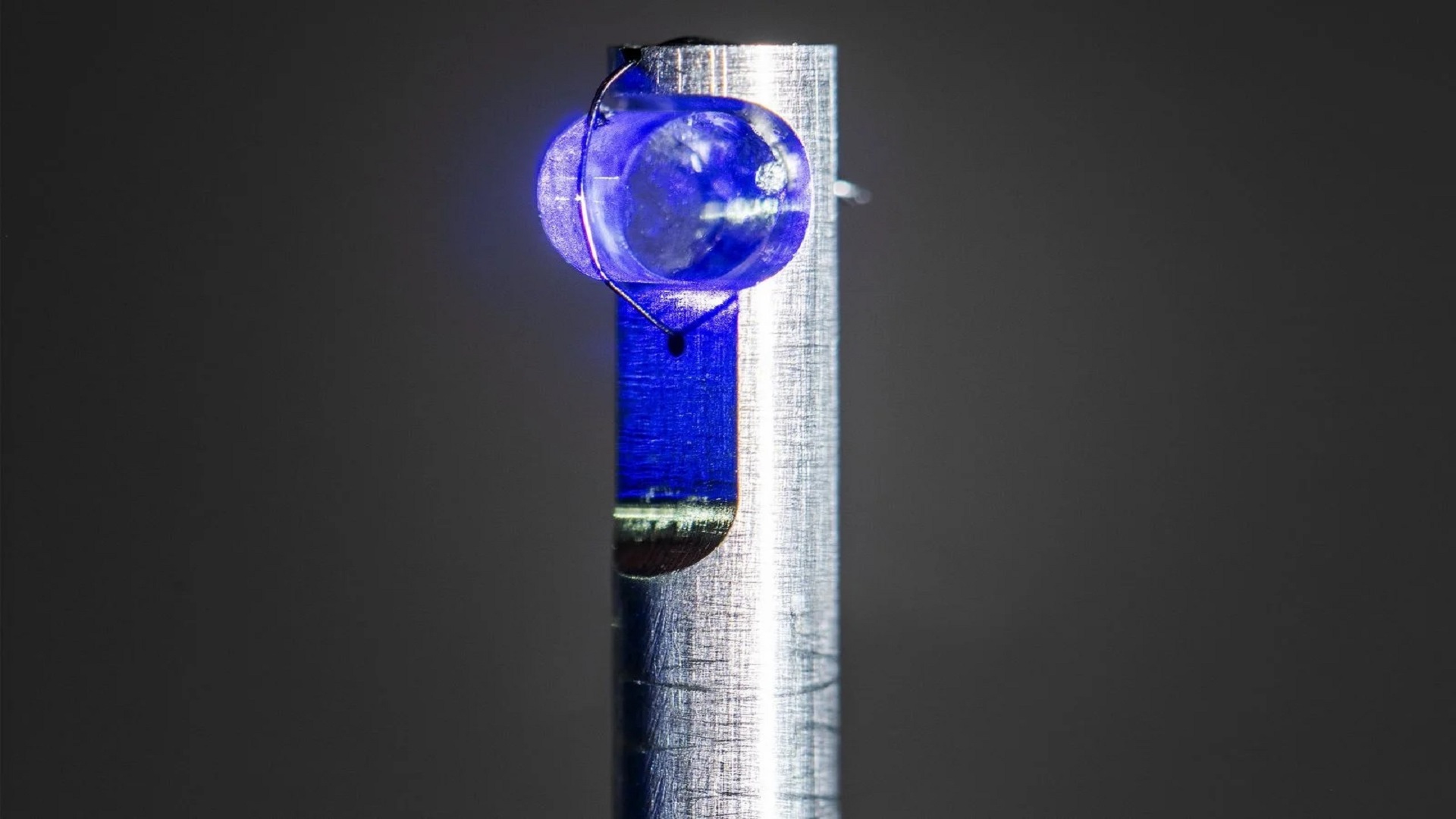Metabolism guides the activation states of regulatory T cells, the immune cells that prevent inappropriate activation of the immune system. St. Jude Children’s Research Hospital scientists recently uncovered how mitochondria, the…
Author: admin
-

What IT Leaders Must Know
A newly uncovered vulnerability in Microsoft Teams has raised alarm bells across the enterprise collaboration world.
Security researchers have demonstrated a way to steal Teams access tokens from Windows…
Continue Reading
-

Trump ‘would love’ unconstitutional third term but rules out running for VP | Donald Trump
Donald Trump said on Monday morning that he would rule out running for the vice-presidency in the 2028 US election, an unorthodox approach that some of his supporters have floated to allow the Republican US president to serve a third term in the…
Continue Reading
-
Direct deaminative functionalization with N-nitroamines
Amines are among the most common functional groups in bioactive molecules1. Despite this prevalence, conventional means of converting aromatic amines rely heavily on diazonium intermediates2, which pose significant safety risks due to the…
Continue Reading
-

World’s first nuclear clock to probe fine-structure constant change
A team of researchers in Austria has recently demonstrated that the world’s first nuclear clock could help answer whether the fine-structure constant changes over time.
The scientists from the Vienna University of Technology (TU Wien),…
Continue Reading
-

DNEG Animation’s INSPIRE Series Welcomes the ‘KPop Demon Hunters’ Team!
Earlier this month, we were thrilled to host an INSPIRE Series session with the directors behind the animated film, Maggie Kang and Chris Appelhans!
Joining us in our London studio, the duo shared how they developed their original idea into a…
Continue Reading
-

Belgian Competition Authority: Interim Measures on UCI Cycling Standard
The standard at stake
On June 12, 2025, the UCI announced the adoption of a new technical standard that limited the maximum gear ratio permitted in professional road cycling events.
SRAM, a U.S.-based bicycle components manufacturer, is one of two…
Continue Reading


